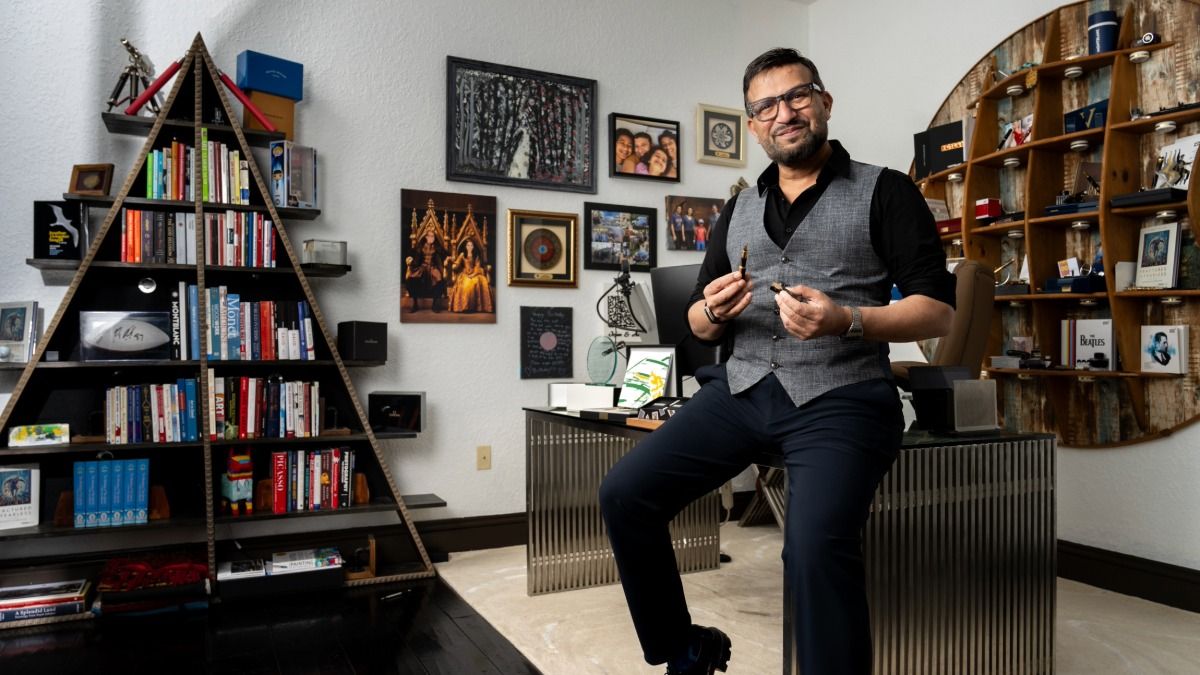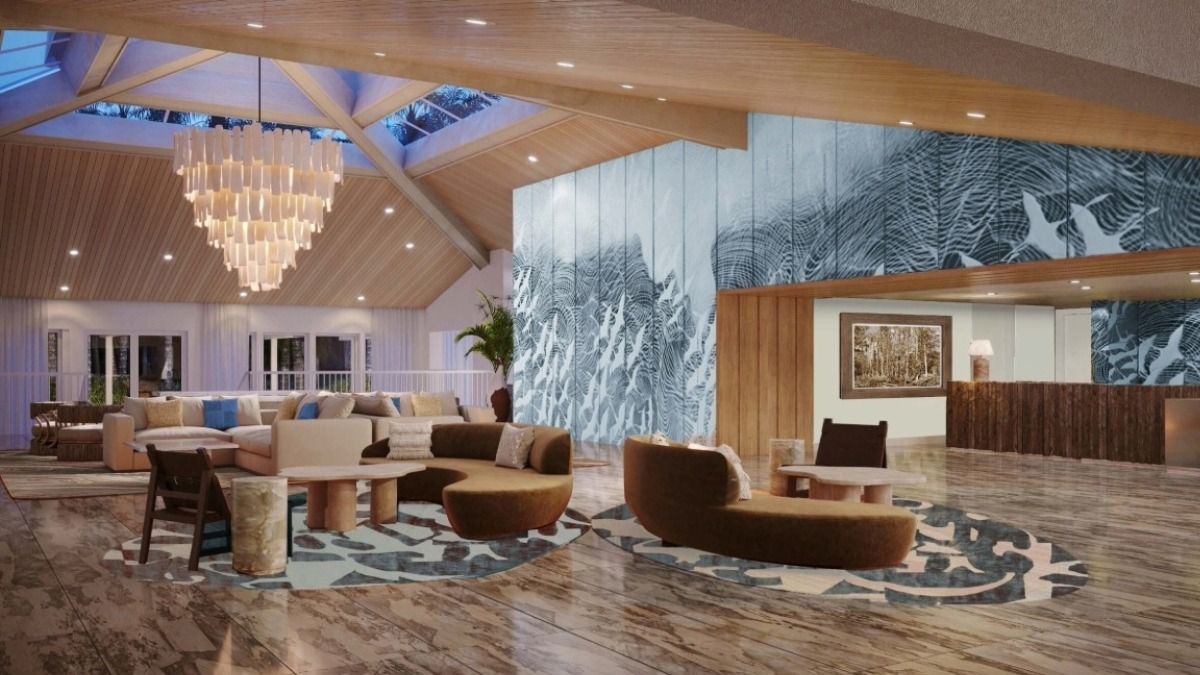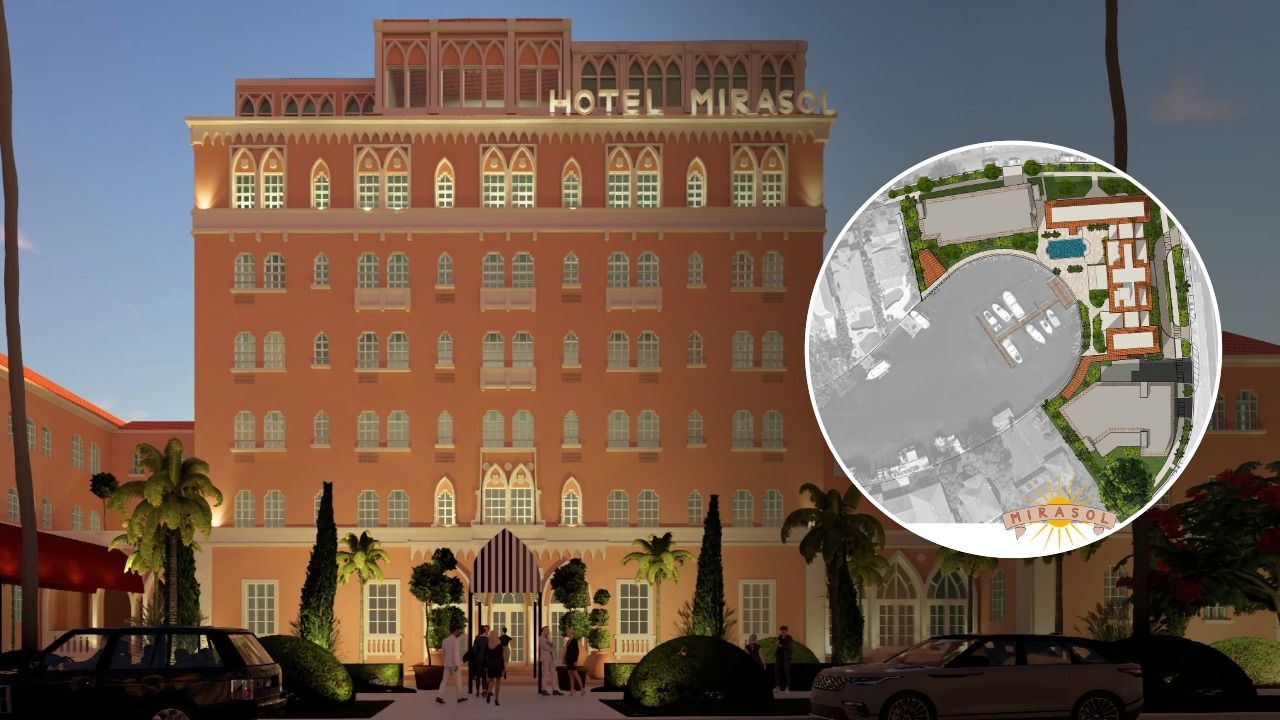Expect Laurie and Frank Powell to be a hit at cocktail parties—if they ever have time for them.
One day, they could be producing a conference of energy startups pitching the U.S. government Shark Tank-style. Another, they could be powering an animation festival for tens of thousands of people roaming the exhibits in wild costumes.
“No two days are ever alike,” Frank says with a laugh. “I still don’t think my mother knows what I do.”
The Powells run EventPower, based in Tampa, which serves the meeting and convention industry by providing conference management services and software that make their work more efficient. EventPower has produced more than 1,000 conferences with as many as 30,000 attendees, 900 exhibitors and 350 speakers. Clients include General Electric, the U.S. Department of Defense, Energy and Commerce, Hewlett-Packard, Feeding America and Samsung.
Their business is rooted in innovation.
After working in the industry Frank founded the company, formerly known as Technology Forums, in 1996 in Washington, D.C., as a meeting planner for government and military events. He and his small team were handling 30 events a year for such organizations as the National Guard, the Veterans Administration (now Veterans Affairs) and the U.S. Army, managing almost every aspect—venue negotiations, registration, speakers, sponsors and more.
“We were the first to go to the government and say ‘we are not going to charge the government any money.’ I’ll take the risk and make money off other people, not the government,” Frank says. “Now more planners do that, but not then.”
Along the way, Frank moved to Tampa and married Laurie. Business and life were humming along, and Frank identified a need for software tools to bring more efficiencies to their government and military-focused business and began developing them. “We never lost a bid,” he says.
Then, suddenly, business plummeted.
Amid an ongoing recession, the U.S. government took heat for an extravagant conference in 2010 (the Powells were not involved). Shortly thereafter, it put into place budget cuts and sequestration, which limited travel for conferences.
“We panicked. We went from 30 events to five, we went from $20 million in revenue to $3 or $4 million,” Laurie recalls.
There, was no time to mourn, only time to reinvent.
Fortunately, the company already had begun developing software that would help it distinguish itself in a crowded-but-lucrative marketplace. There are about 2 million meetings and conventions across the United States annually. Attendees, sponsors and speakers had come to expect digital efficiencies and enhancements to make their face-to-face gatherings more fruitful.
Laurie had the idea to take their tech tools to a meeting planners trade show and see how they played. They quickly pulled together new business cards, an exhibit booth and team T-shirts. Reception was strong, the company, now called EventPower, started pitching for meetings in other industries and marketing its tools. Tools include registration online and on-site, managing and communicating with speakers, calls for papers, creating an online agenda, session tracking and managing exhibitors, to name a few.
“We really reinvented ourselves in 2011, both expanding within the industry and offering our software as a service. Now, we have our hands on 80 events a year,” Laurie says. Events including those from the National Center for American Indian Enterprises, tech titans such as HP and Samsung, the American Translators Association, the Florida Association for Media in Education, the New Jersey Bar Association and a veterinary trade group.
As spouses working together, the Powells have figured out how to leverage their strengths.
Frank, with 30 years in meeting planning, is the idea guy. Laurie, whose background is in media publishing and sales, can take the idea and run. “The challenge is to know when to shut it down. Sometimes our kids tell us to stop talking about work,” Laurie admits.
The company has 30 employees around the country.
Of course, travel is a big part of the job. Frank made 115 trips last year. In June, for instance, the team had 23 events.
That month, EventPower managed SelectUSA’s event, which attracted 2,500 people from 180 countries. SelectUSA is a Department of Commerce program, launched by President Barack Obama’s administration to bring in foreign investment to create jobs.
That same month, EventPower handled registration for A-KON, a family-friendly animation festival in Texas, in which 30,000 attendees were in costume.
The company also powers the Department of Energy’s annual ARPA-E Innovation Summit, focused on investing in startup energy companies. That event has attracted such leaders as T. Boone Pickens, Al Gore, Michael Bloomberg and Elon Musk.
EventPower recently handled a prosthetics show for the Department of Veteran Affairs and a landscaping trade show for 5,000 in Colorado. They are now pitching for cannabis conferences.
“We are continuing to grow the company, to get our name out. We love what we do,” Laurie says.
5 Tips for a spectacular conference
Design a conference experience for like-minded attendees to interact, share ideas and network in order to achieve a common goal, say Frank and Laurie Powell, owners of EventPower. The industry is now competing with online training, webcasts and YouTube videos. People want to attend an experience and it is up to conference management to develop a vision and deliver it.
Here are more tips from the Powells:
1. Build an experience: Build upon the experiential concept from a unique registration reception area, amp-up the AV in the general session, hire a dynamic master of ceremonies, attract leading keynote speakers, inspire interactive panel discussions, develop unique breaks, and plan networking events that encourage interaction. Out with “death by PowerPoint.”
2. A ‘Regiception’ welcome: Turn your registration time into a reception, a “Regiception.” Get past the simple printing of badges and create an atmosphere that corresponds with the experience in which attendees are about to encounter. Set the mood with uplights, hire a DJ, set up a bar and food, and provide a few lounge areas for people to mingle. Registration can set the tone for the entire event. Make it fun.
3. Matchmaking matters: Schedule specific times for organized matchmaking for your audience. This “speed-dating” concept will allow your introverted attendees to leave the event with qualified contacts and leads who can help them solve a problem. There are software applications with algorithms to match up people with similar interests.
4. Prime it with pitches: If your conference theme allows for it, develop a Shark Tank-like pitch session. Contestants can apply to pitch their idea to a team of experts who can then critique the concept and the approach. Contestants can win a prize or win a donation to their favorite charity. Utilize EventPower’s application and review software to manage the process.
5. Give back: Include a social event that focuses on giving back to the community. Teamwork events like building bikes for kids or packing food for the homeless can be a great networking event. People like to help others. The conference can also build publicity for its strides in giving back.
Now trending in the meeting planning industry
• Matchmaking.
• Silent disco social events.
• Unconventional meeting set-ups. Think glow furniture for one-on-ones, pod seating, modern seating in the general session.
• Relaxed spaces using simple games that encourage attendees to network during breaks: Corn Hole, Giant Chess, Giant Uno, Giant Jenga.
• Session tracking technology from QR codes, to RFID, facial recognition and beacon technology.
Source: EventPower













